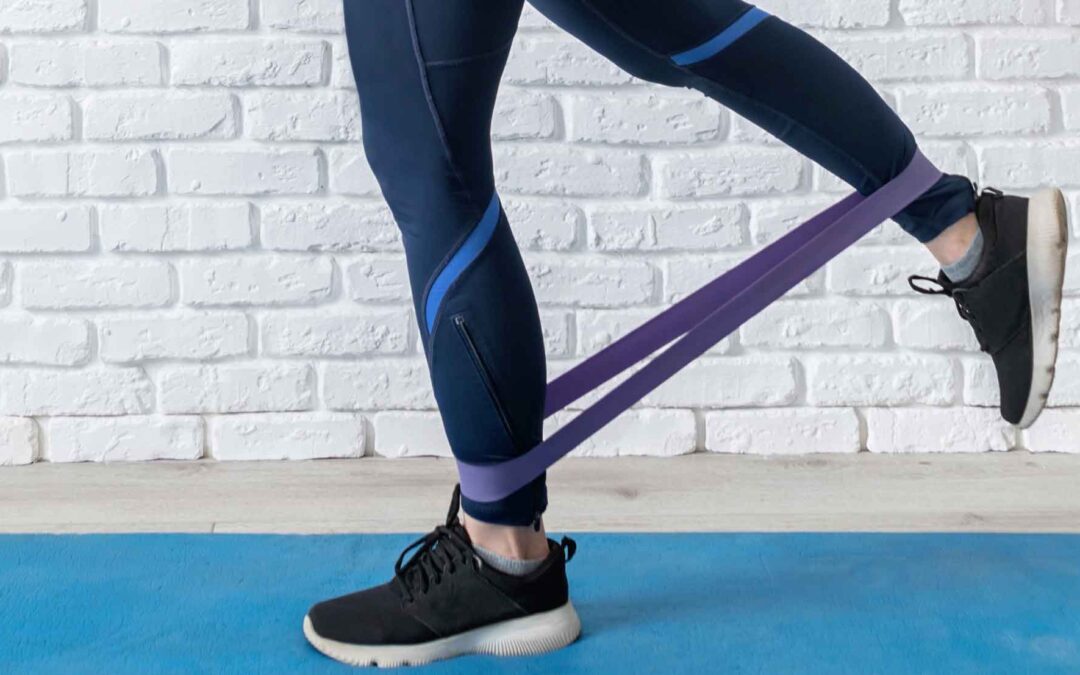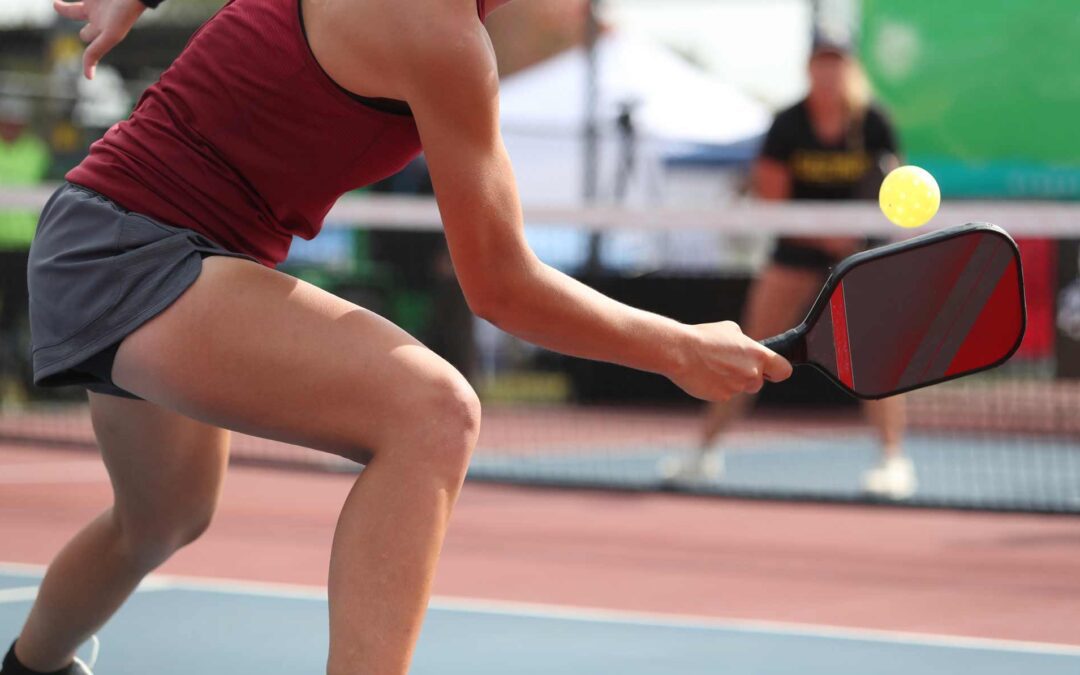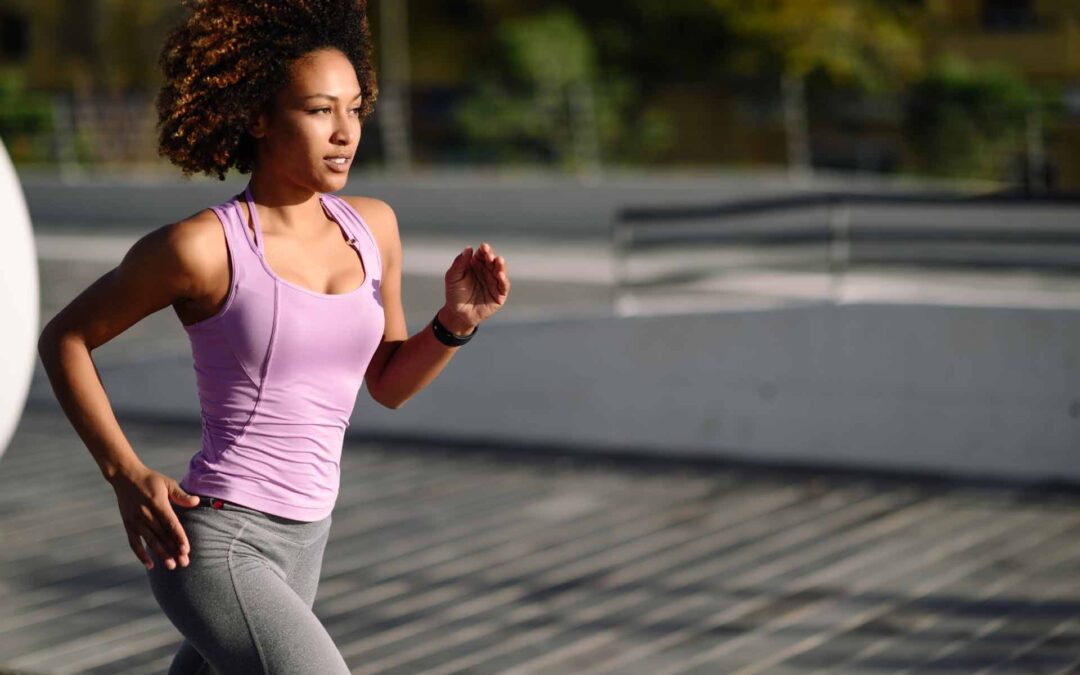Congratulations on signing up for your upcoming run! Whether you’re preparing for your first 5K or training for a marathon, proper preparation is key to both enjoying the experience and crossing that finish line injury-free. At MKE Physical Therapy, we regularly work with runners of all levels to build strength, prevent injuries, and improve performance.
Why Running-Specific Exercises Matter
Running puts unique stresses on your body. Each stride creates impact forces of 2-3 times your body weight, and over the course of a typical run, your feet will hit the ground thousands of times. Without proper preparation, this repetitive stress can lead to common running injuries like runner’s knee, patellofemoral syndrome, piriformis syndrome, IT band syndrome, shin splints, and plantar fasciitis.
The good news? A targeted exercise program can significantly reduce your injury risk while simultaneously improving your running economy and performance.
The Runner’s Preparation Program
1. Build Your Foundation: Core Strength
A strong core is essential for maintaining proper running form, especially when fatigue sets in during longer runs. And when the core is engaged and stable other muscles are able to perform more efficiently.
Transverse Abdominis Activation
- Lie on your back with your knees bent and feet flat on the floor with your fingers on your stomach just about your hips bones.
- When you tighten your abdominals, you should feel your muscles contract under your fingers. Hold this for 5-10 seconds while keeping your back flat against the surface and maintain your regular breathing pattern.
Plank Variations
- Start with a basic forearm plank, holding for 30 seconds
- Progress to side planks to target obliques and lateral hip stabilizers
- Aim for 3 sets of each variation, gradually increasing hold time
Bird Dog
- Start on hands and knees
- Simultaneously extend opposite arm and leg while maintaining a stable core
- Perform 10-12 repetitions on each side
2. Power Your Stride: Lower Body Strength
Strong legs don’t just make you faster—they help absorb impact and maintain proper mechanics.
Single-Leg Squats
- Stand on one leg
- Slowly lower into a quarter squat position
- Focus on keeping your knee aligned with your toes
- Perform 10-12 repetitions on each leg
Calf Raises
- Stand on the edge of a step with heels hanging off
- Raise up onto your toes, then lower heels below the step level
- Start with both legs, then progress to single-leg raises
- Perform 15-20 repetitions
3. Protect Your Joints: Hip Stability
Many running injuries can be traced back to poor hip stability, particularly in the gluteal muscles.
Clamshells
- Lie on your side with knees bent at 45 degrees
- Keep feet together while lifting your top knee
- Focus on using your hip muscles, not rotating your back
- Perform 15-20 repetitions on each side
Lateral Band Walks
- Place a resistance band around your thighs just above your knees
- Take small steps sideways while maintaining tension on the band
- Keep your feet pointed forward and knees slightly bent
- Perform 15-20 steps in each direction
4. Improve Your Efficiency: Dynamic Mobility
Proper mobility allows for efficient running mechanics and reduced strain on joints.
Walking Lunges with Rotation
- Step forward into a lunge position
- Rotate your torso toward your front leg
- Return to center, push up, and repeat on the other side
- Perform 10 repetitions on each side
Leg Swings
- Hold onto a stable surface for balance
- Swing one leg forward and backward in a controlled manner
- Then swing the same leg side to side
- Perform 15 swings in each direction per leg
5. Prevent Common Injuries: Targeted Exercises
These exercises address common problem areas for runners.
Heel Drops for Achilles Health
- Stand on the edge of a step
- Drop your heels below the step level
- Slowly raise back up
- Perform 15-20 repetitions
Foam Rolling IT Bands
- Use a foam roller along the outside of your thigh
- Roll slowly from hip to knee
- Pause on tender spots for 20-30 seconds
- Spend 1-2 minutes on each leg
When to Do These Exercises
For best results, incorporate this routine at least 3 times per week. On running days, perform the dynamic mobility exercises as part of your warm-up. On non-running days, complete the full routine, focusing on strength and stability exercises.
Red Flags: When to Seek Professional Help
While some muscle soreness is normal when starting a new exercise program, you should contact a physical therapist if you experience:
- Pain that persists more than 24-48 hours after exercise
- Pain that gets progressively worse during activity
- Pain that causes you to alter your running form
- Sharp or stabbing pain rather than general muscle soreness
- If you have questions about how to properly complete these exercises or need modifications. Not performing exercises currently can further cause muscle imbalances that may be negatively affecting your pain
Taking Your Training to the Next Level
As a lifelong runner and certified running coach through the RRCA, I understand both the physical demands of running and the joy it brings. At MKE Physical Therapy, we offer specialized running gait analysis to identify inefficiencies in your form that may be limiting your performance or contributing to pain.
Our one-on-one sessions provide ample time to assess your specific needs and develop a personalized training plan that addresses your unique biomechanics and goals. Whether you’re just starting your running journey or pushing for a personal record, we’re here to help you reach the finish line stronger and healthier.
Ready to take your running to the next level? Schedule an evaluation today to build a solid foundation for your running success.










